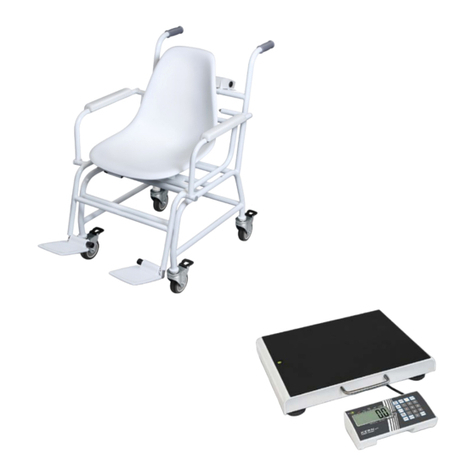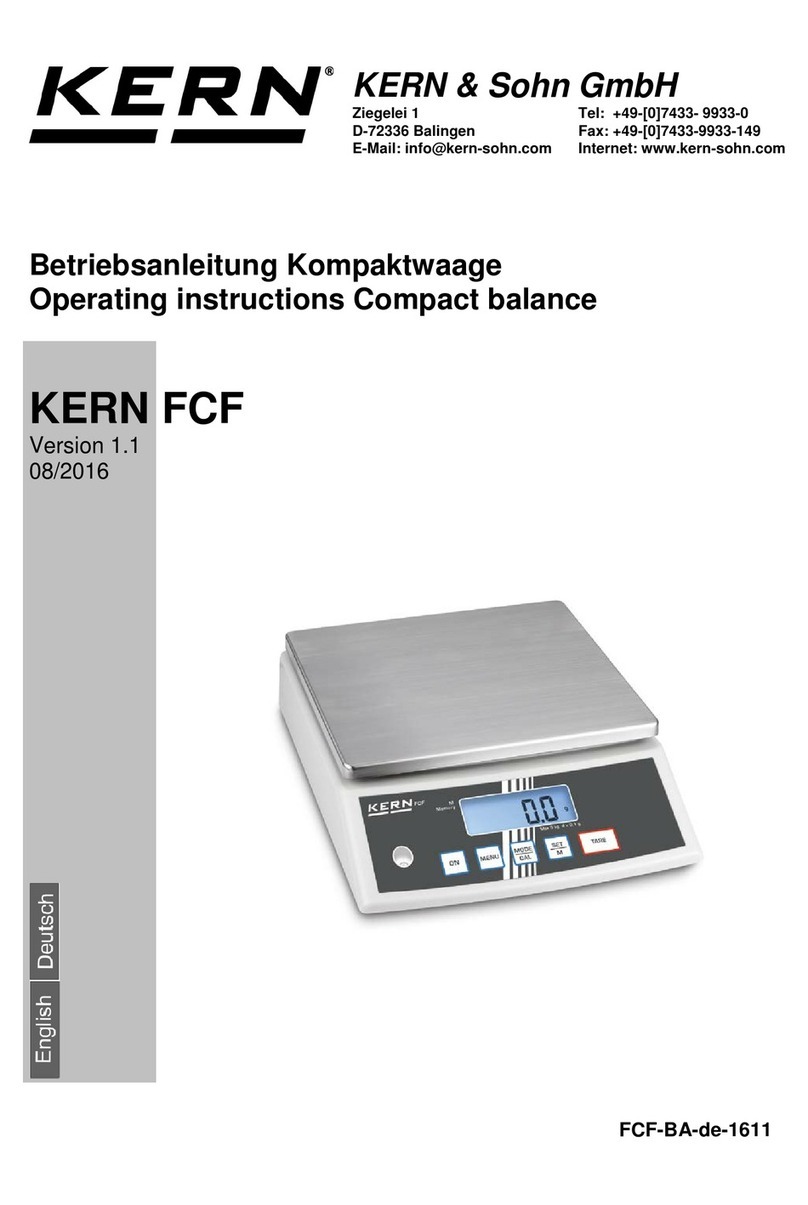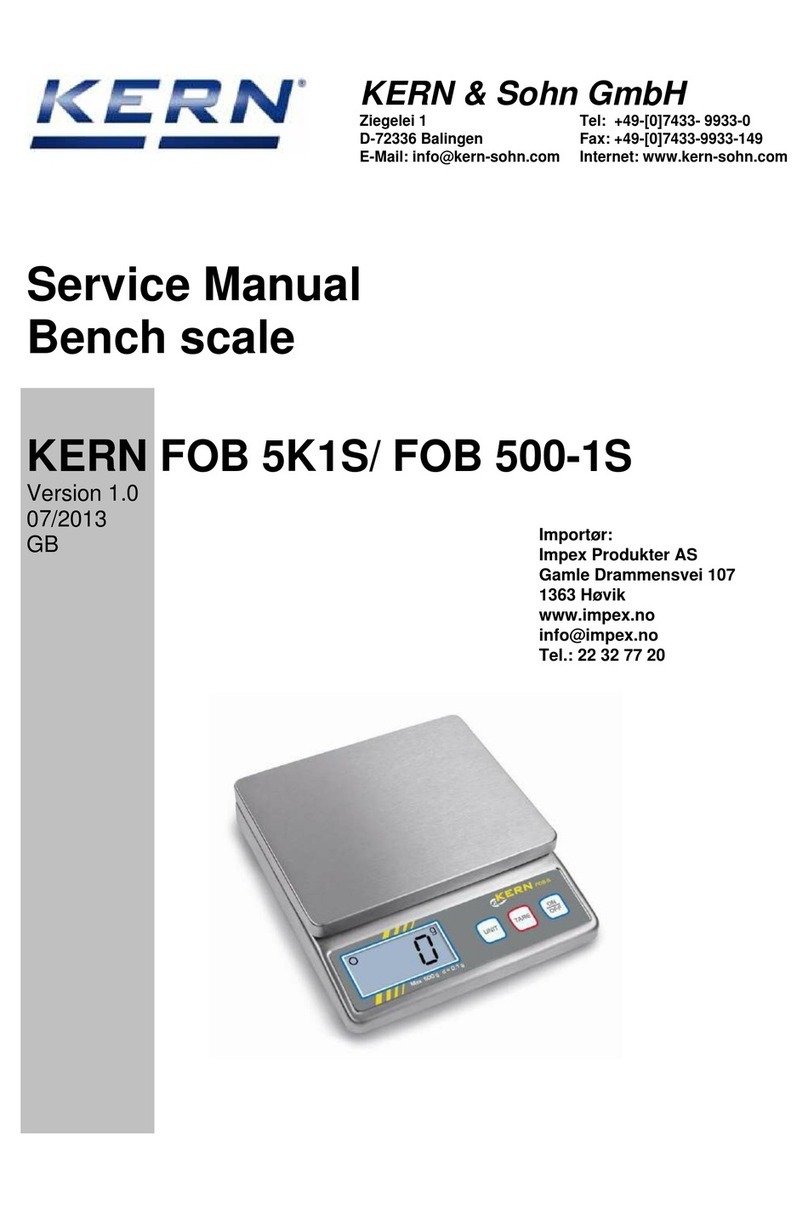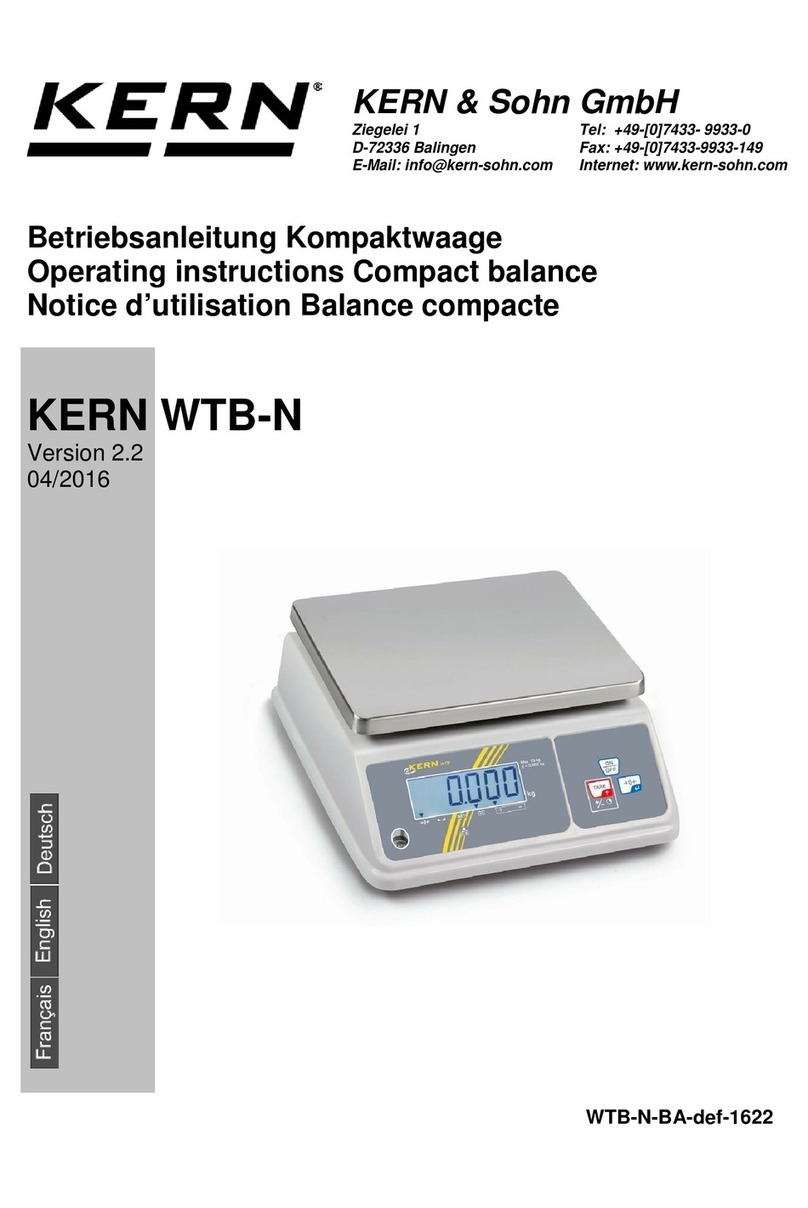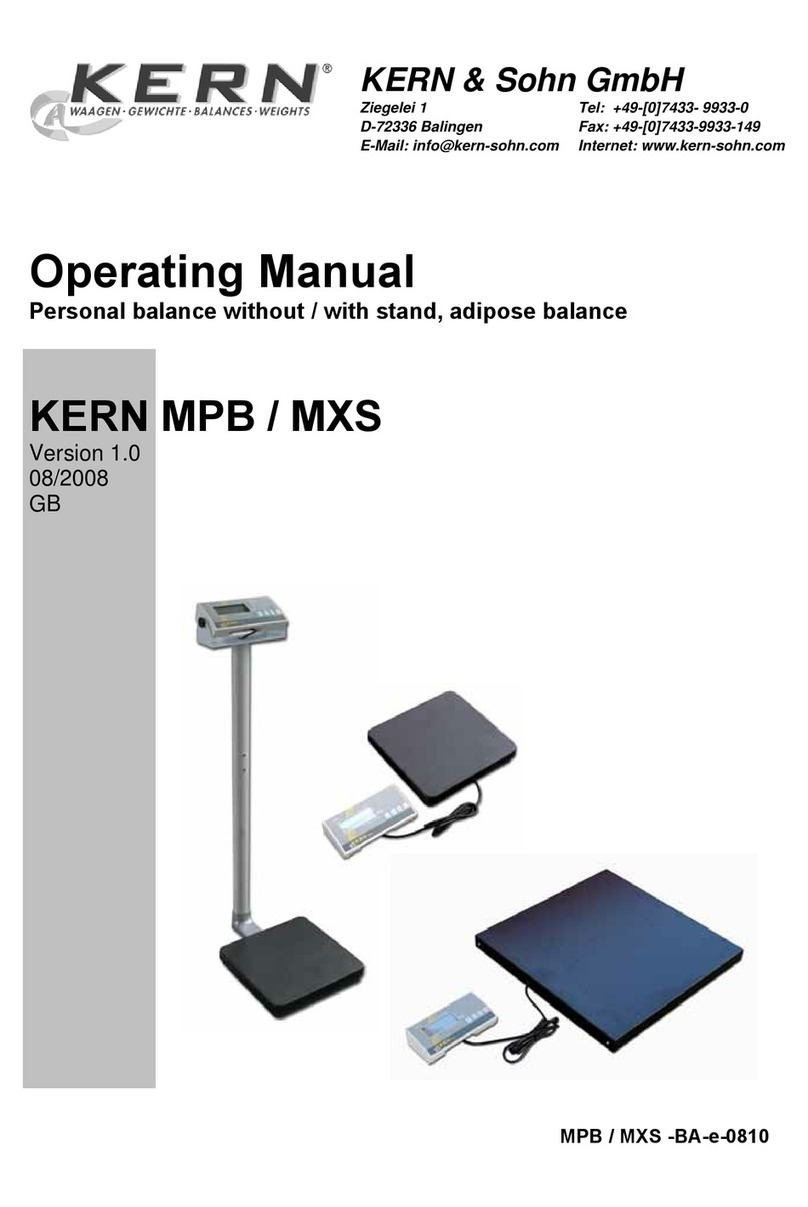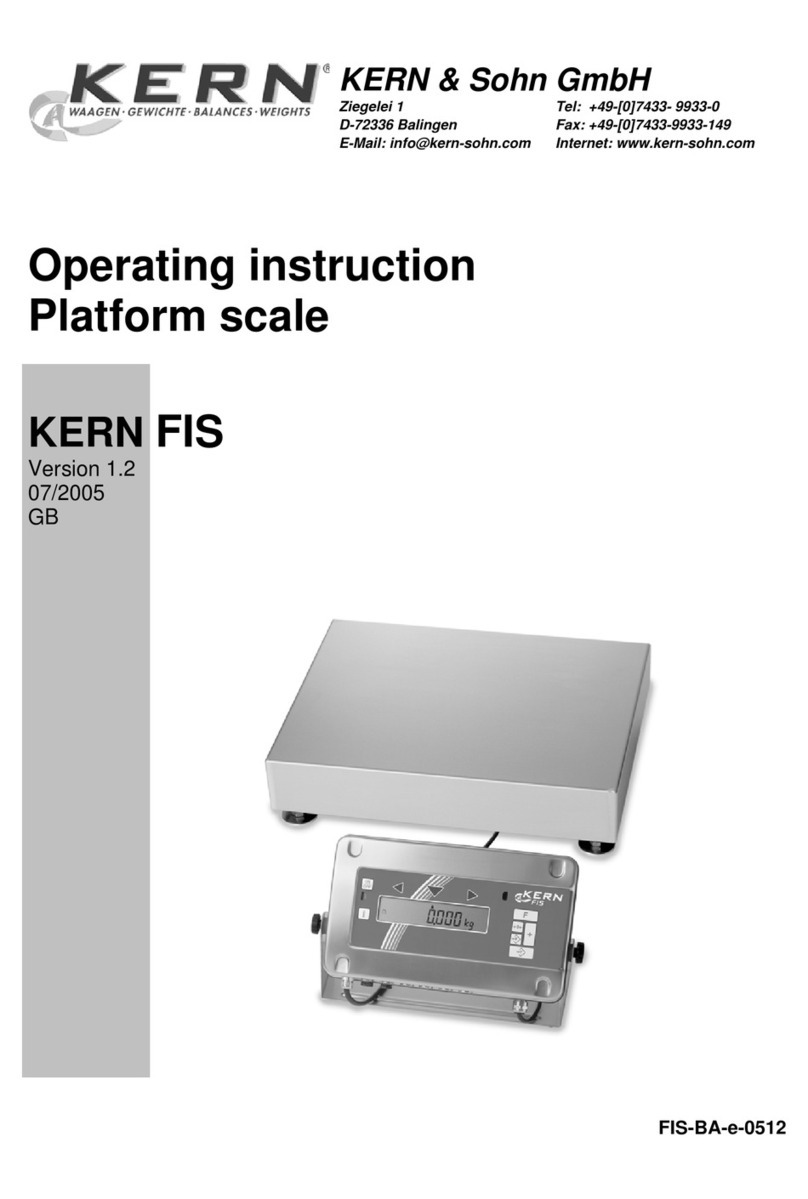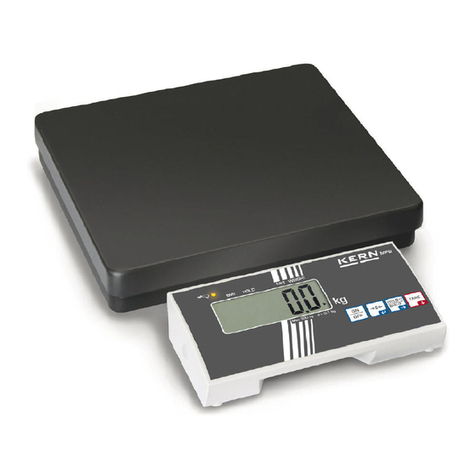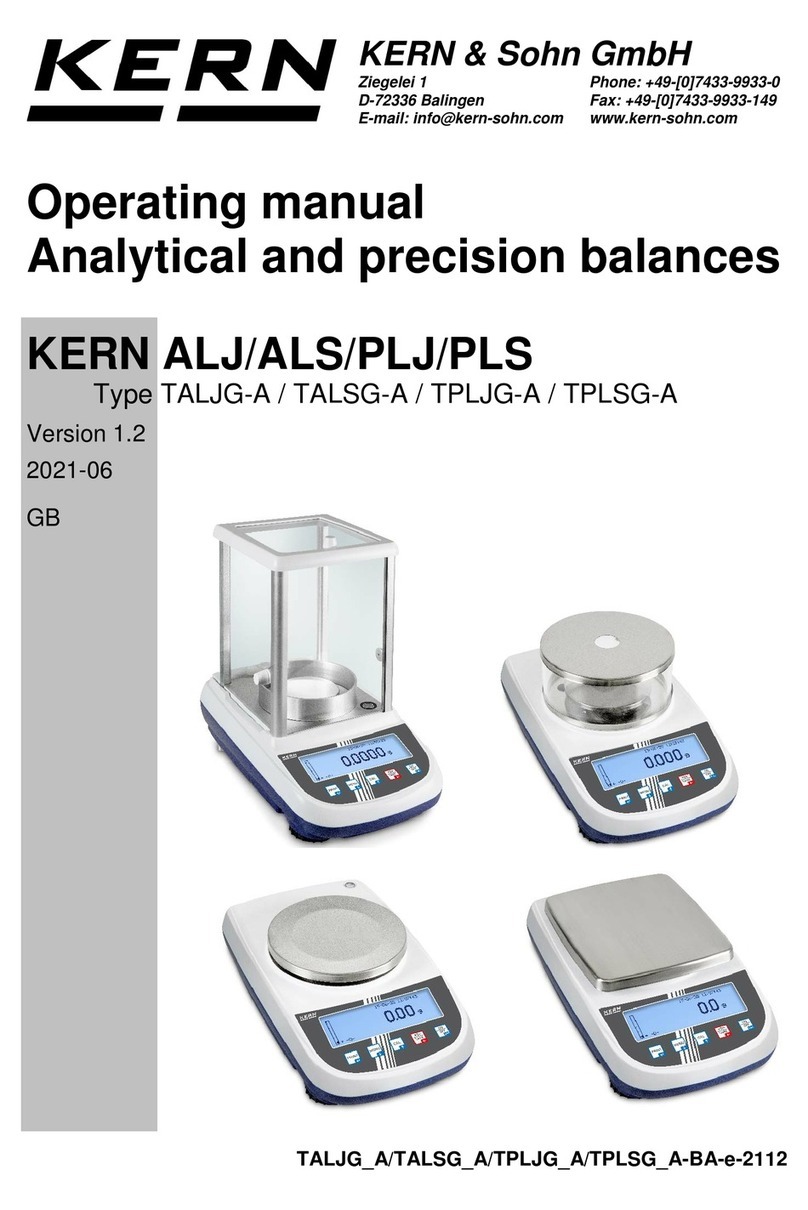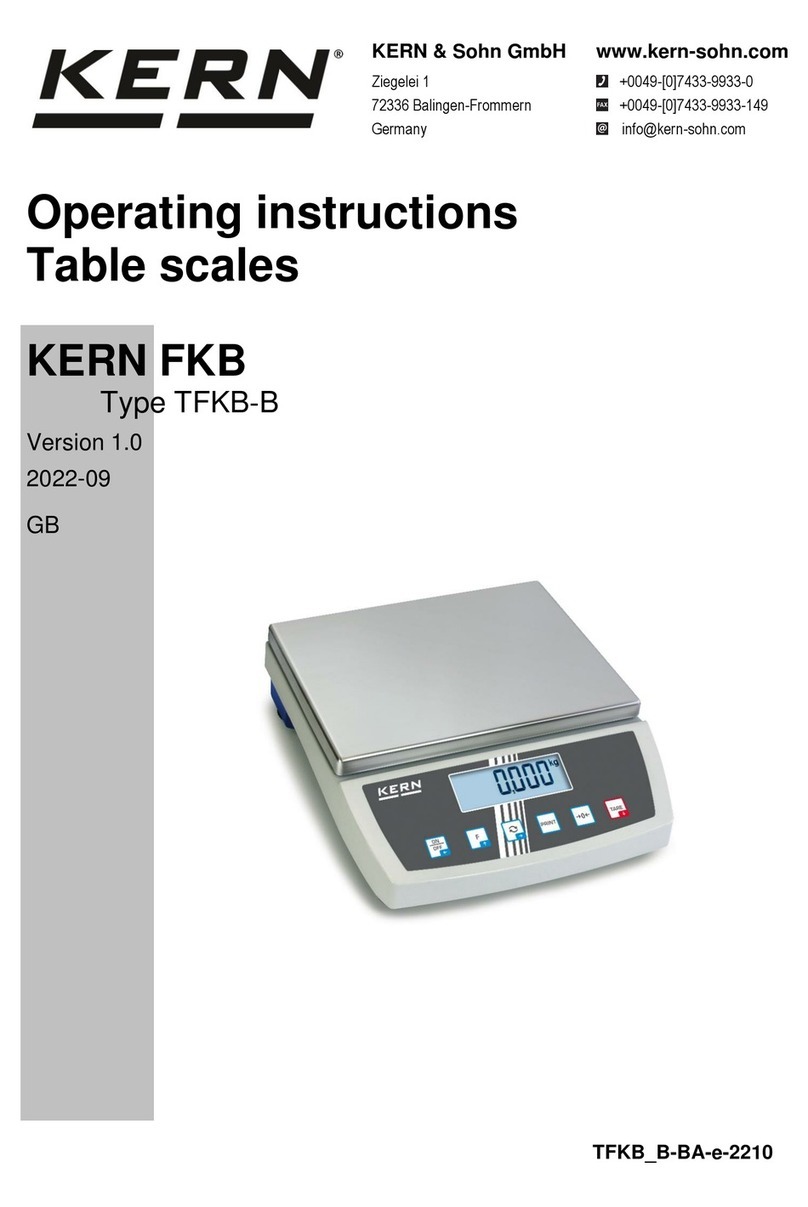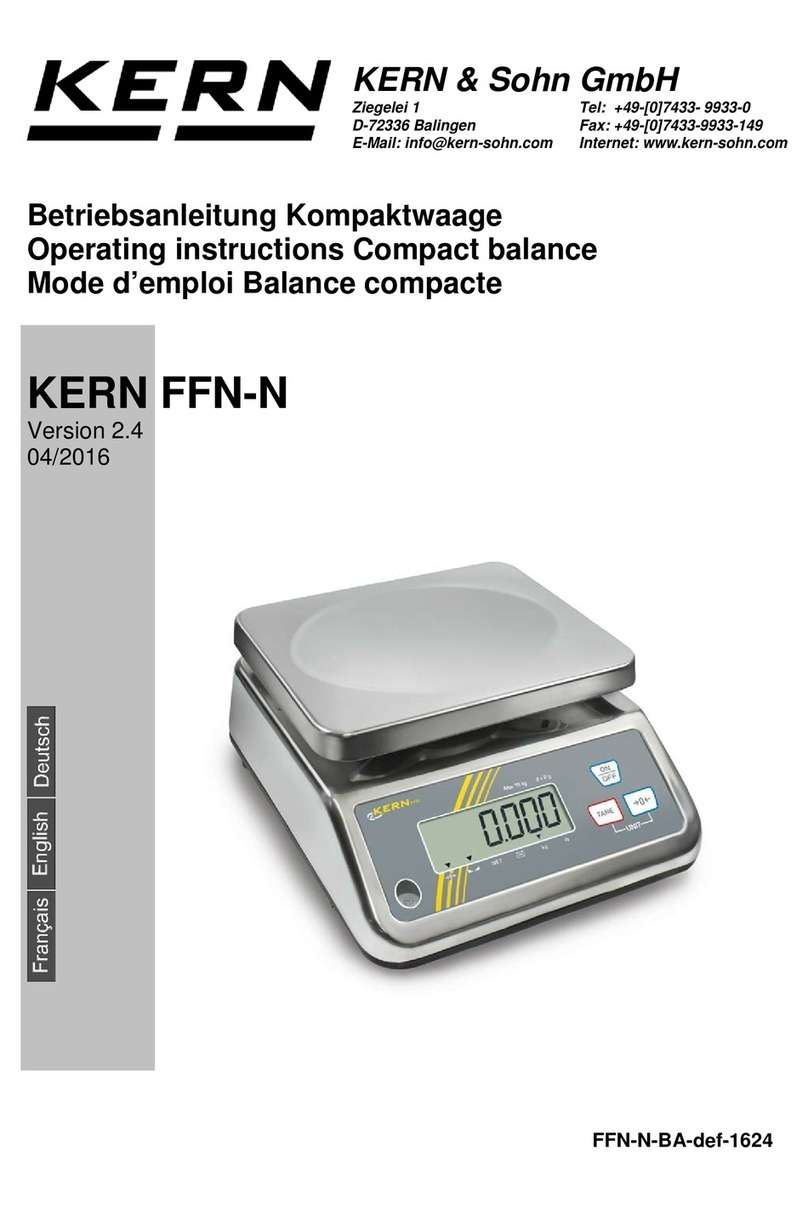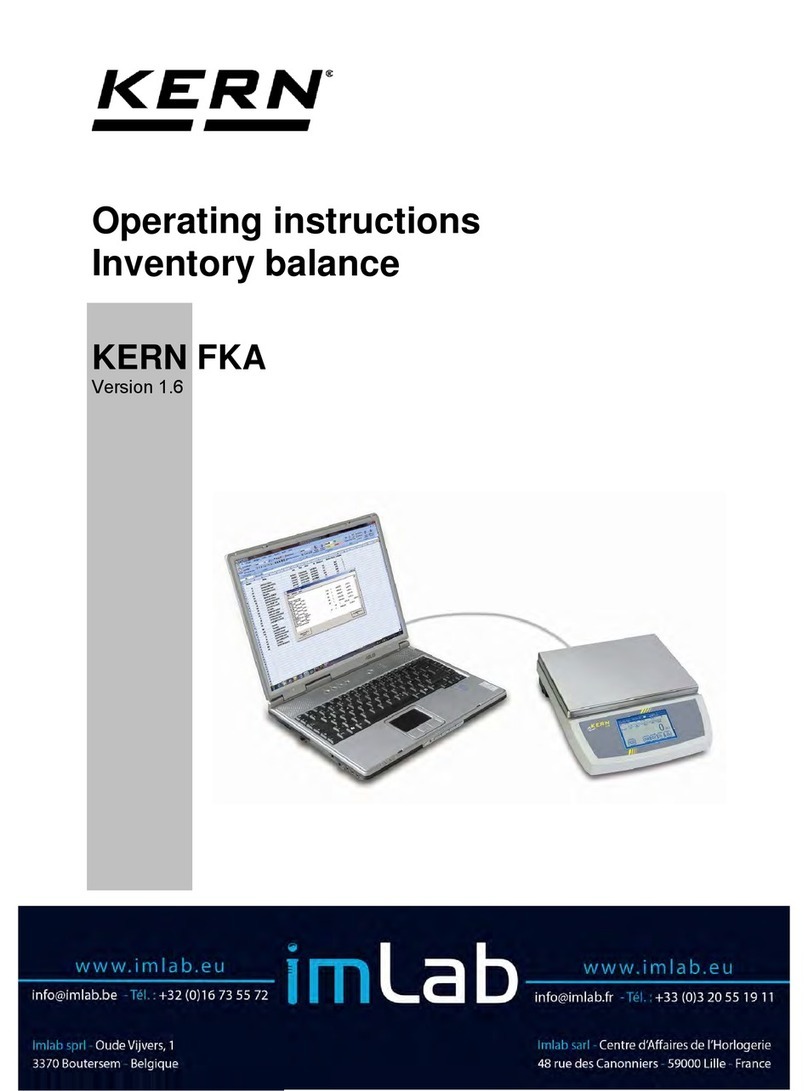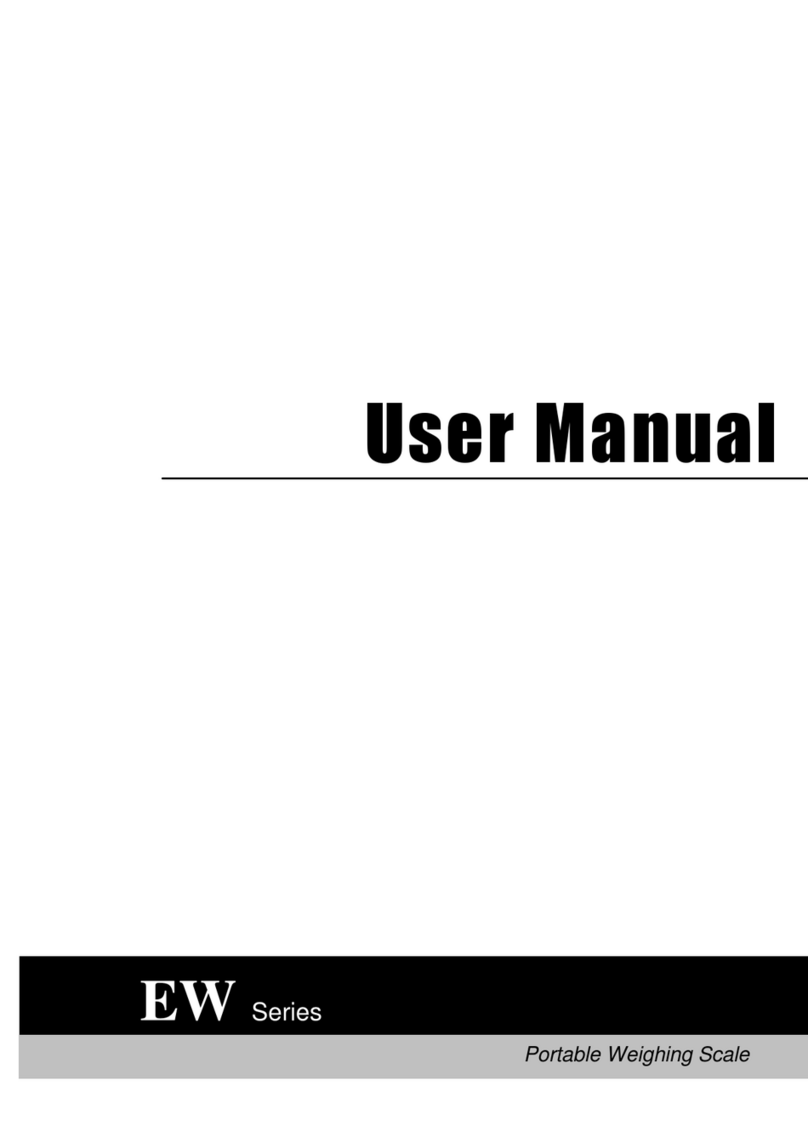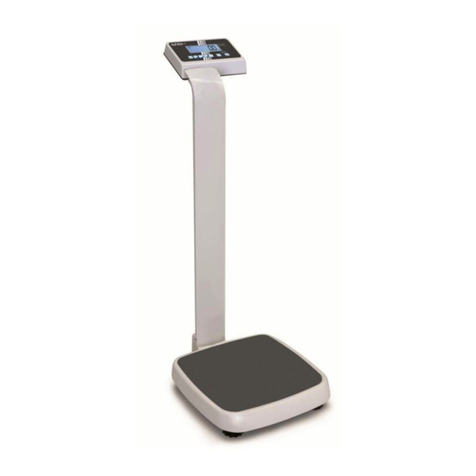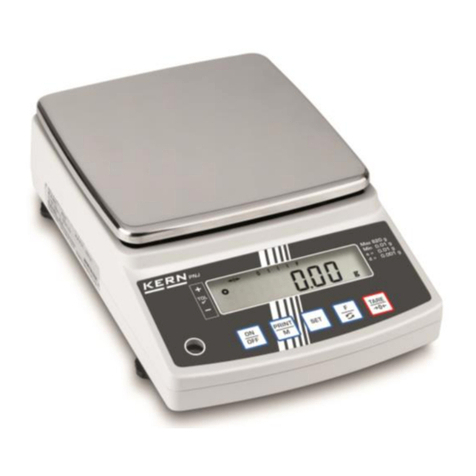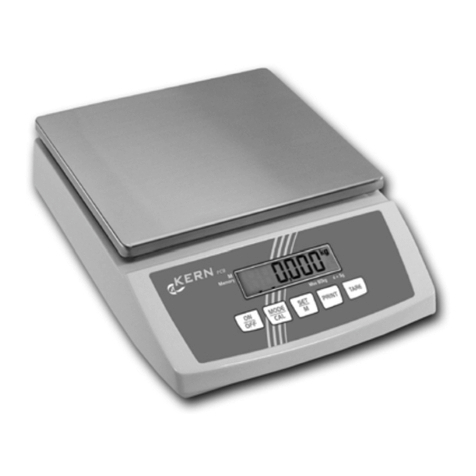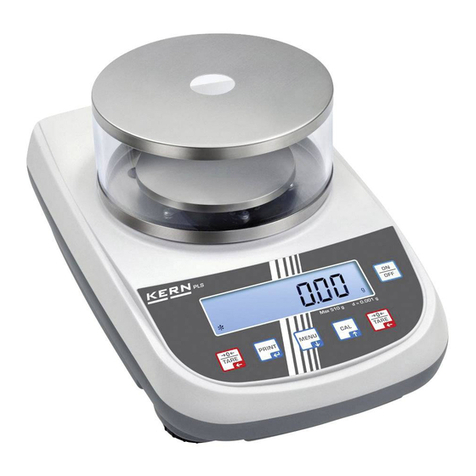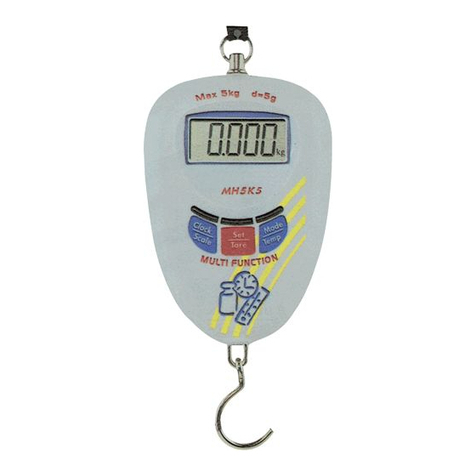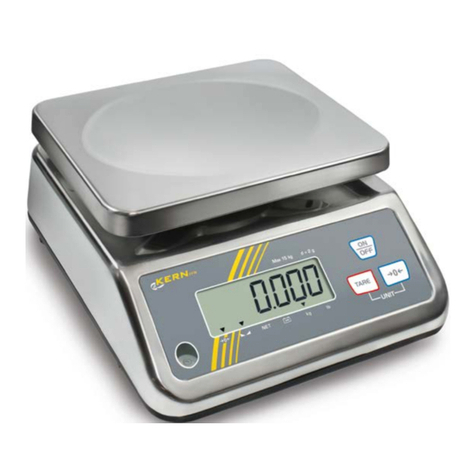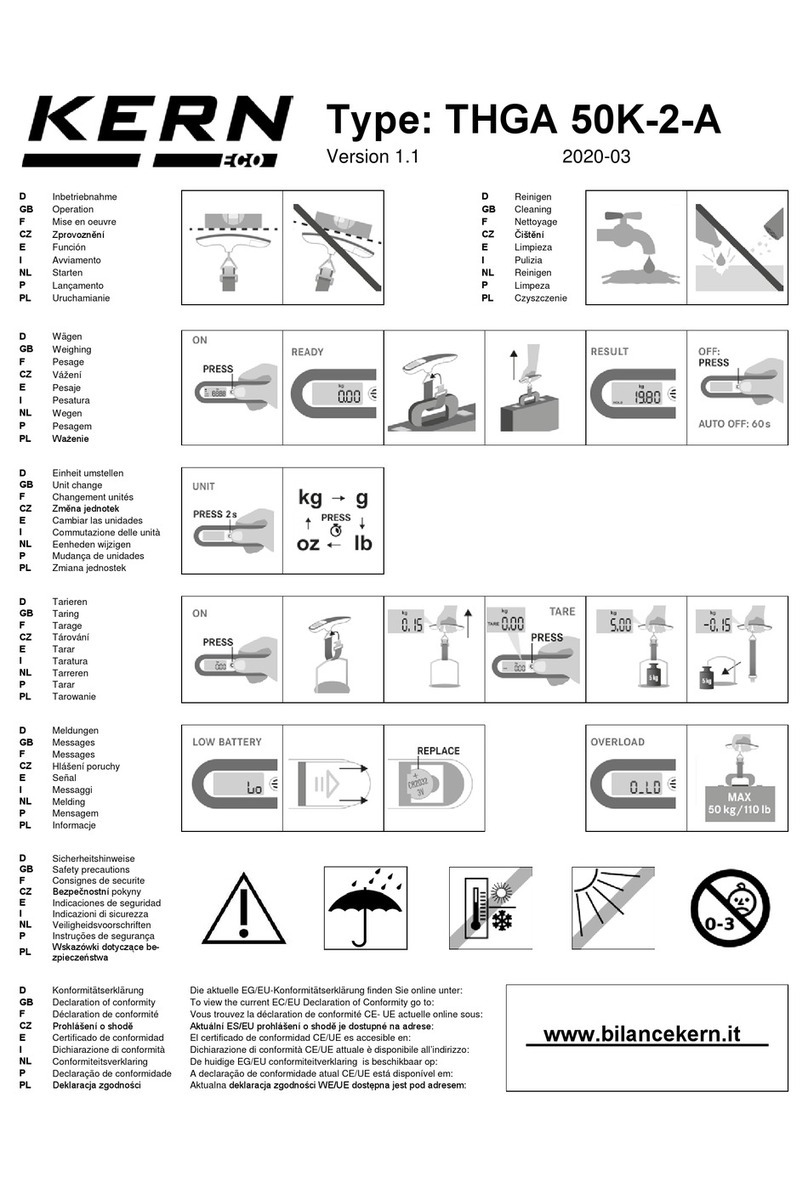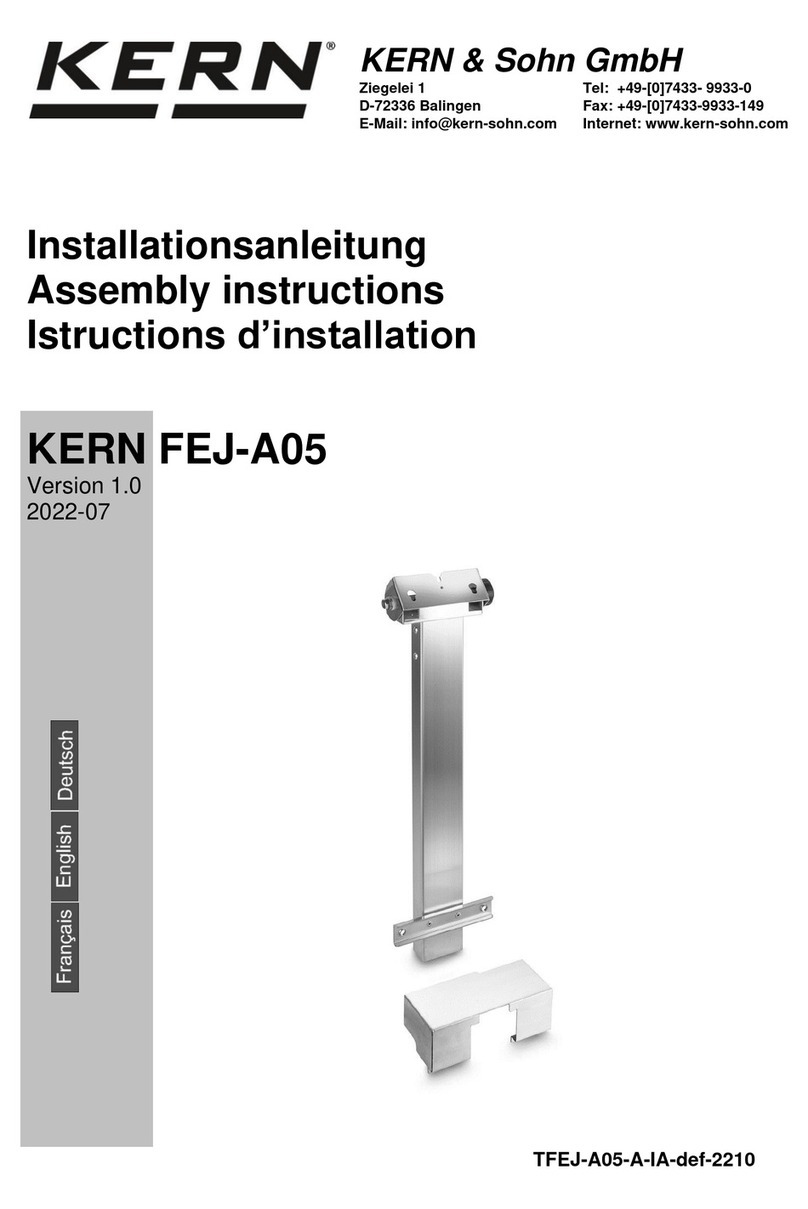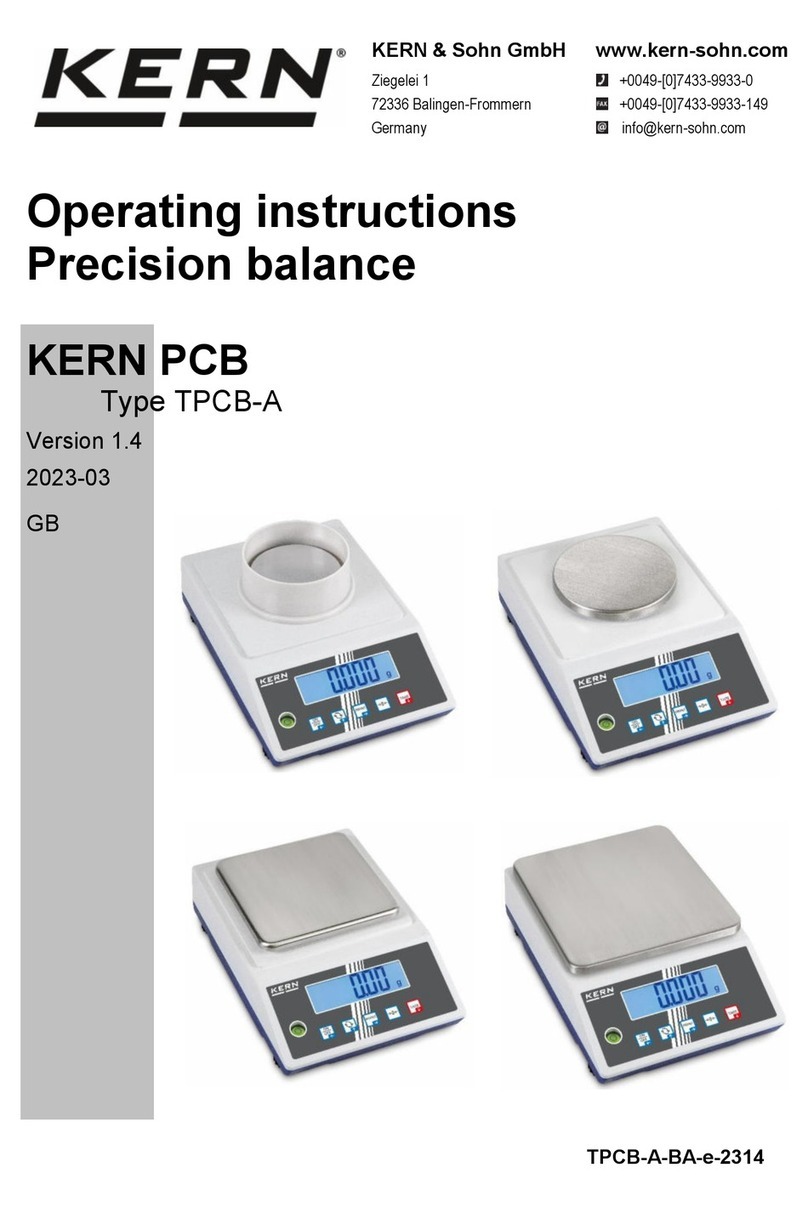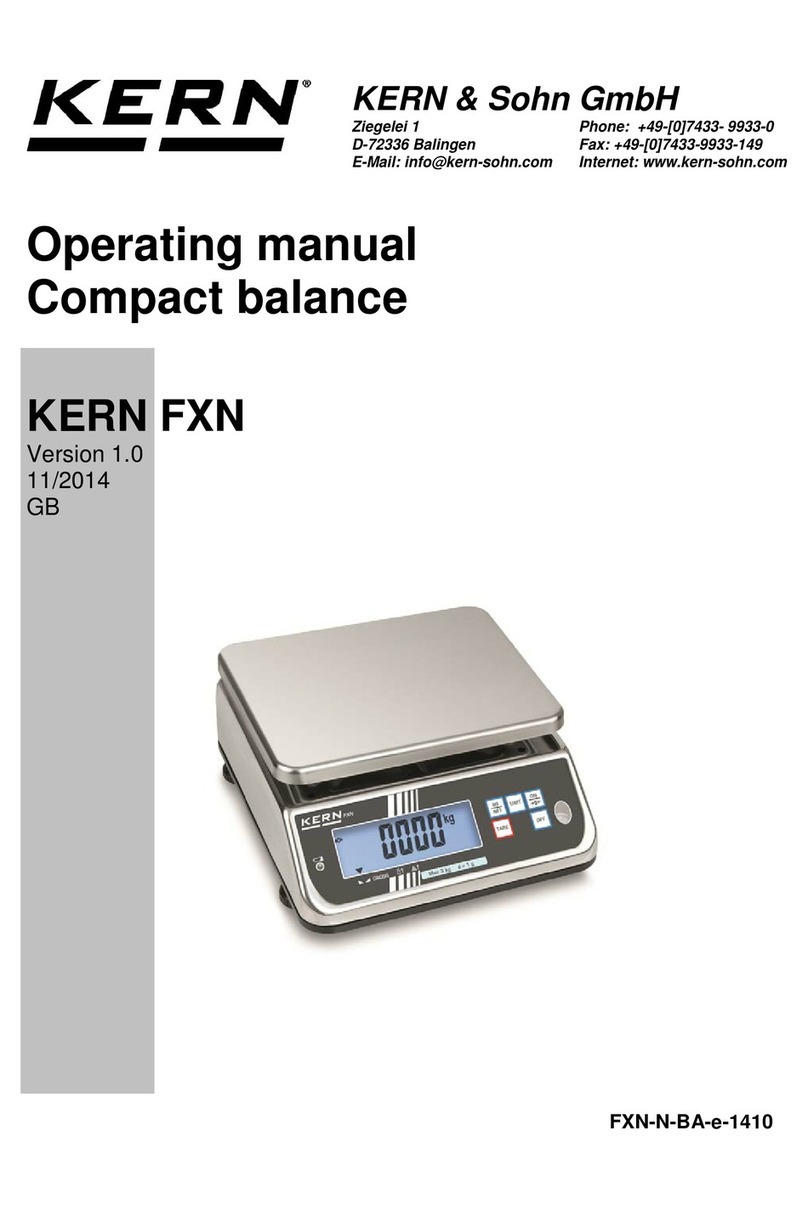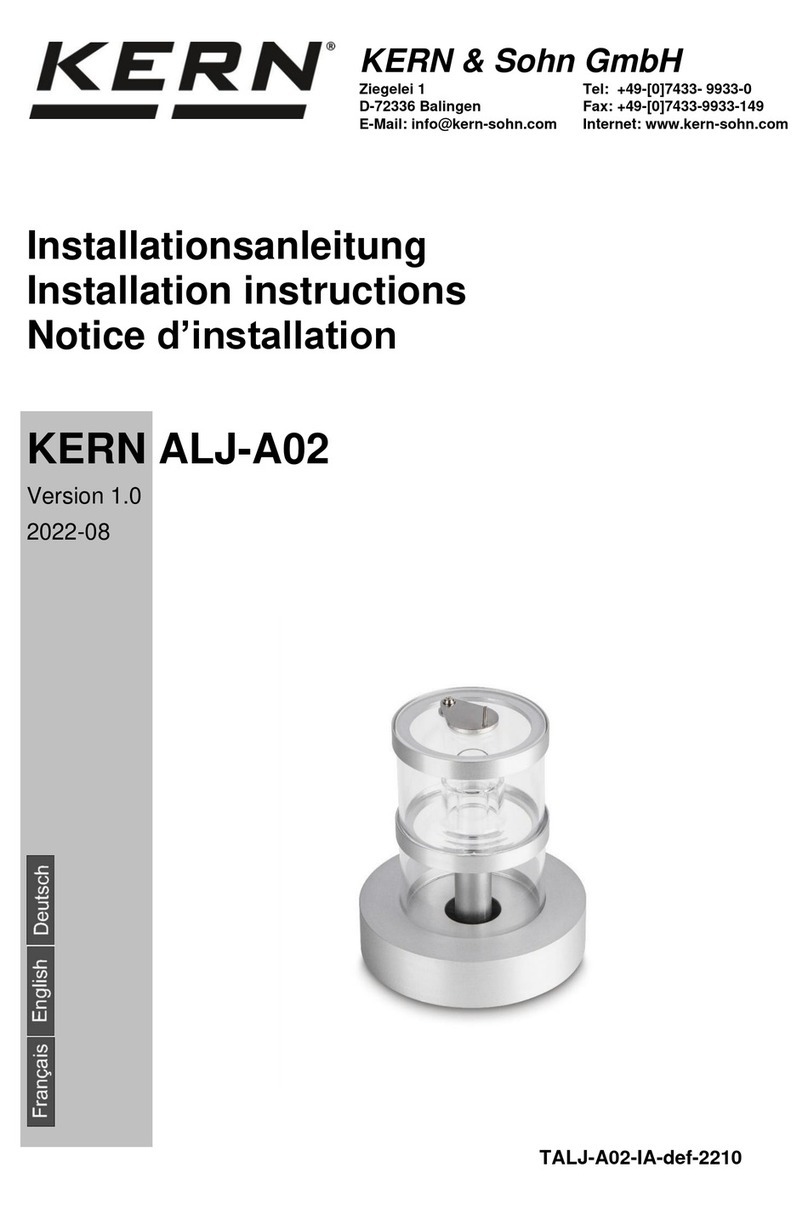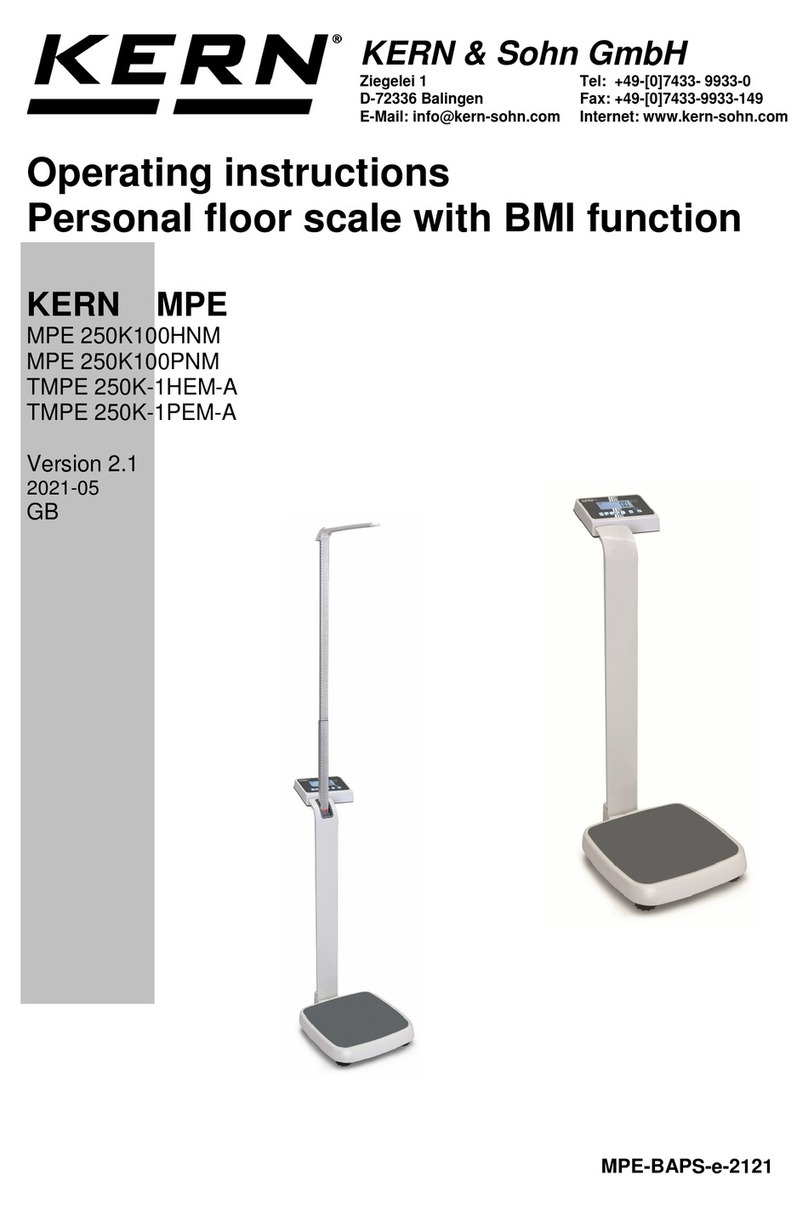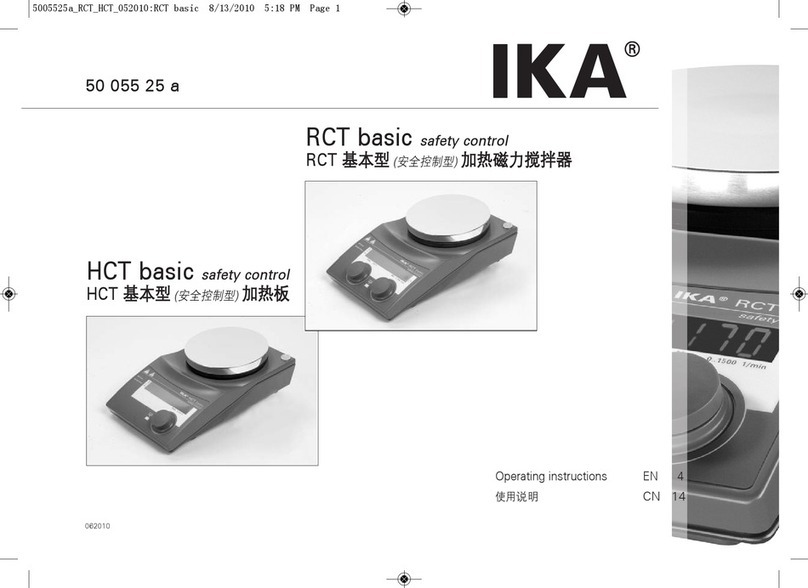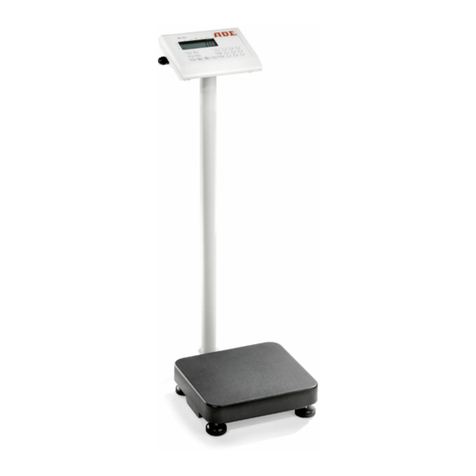
PES/PEJ-BA-e-1316
6.9.1. Adjustment with external weight (only PES) ......................................... 19
6.9.2. Adjustment test with external weight (only PES) .................................. 21
6.9.3. Automatic adjustment (only PEJ) ........................................................... 23
6.9.4. Adjustment with internal weight (only PEJ)........................................... 24
6.9.5. Adjustment test with internal weight (only PEJ) ................................... 25
6.10. Verification................................................................................................ 27
6.10.1. Seals and unlocking switch .................................................................... 28
7. Application and configuration menu 1....................................................... 29
7.1. User principle of the menu control ............................................................ 29
7.2. Menu overview ............................................................................................. 31
7.2.1. Parameter additional functions............................................................... 33
7.2.2. Parameter for serial interface.................................................................. 34
8. Configuration menu 2.................................................................................. 36
8.1. User principle of the menu control ............................................................ 36
8.2. Menu overview............................................................................................. 37
9. Operation...................................................................................................... 38
9.1. Keyboard overview...................................................................................... 38
9.2. Overview of display..................................................................................... 39
10. Weighing mode............................................................................................ 40
10.1. Weighing................................................................................................... 40
10.1.1. Taring ........................................................................................................ 41
10.1.2. Net/gross................................................................................................... 43
10.2. Parts counting.......................................................................................... 44
10.3. Percent determination ............................................................................. 47
10.3.1. Entering the reference weight by weighing........................................... 47
10.3.2. Numeric entering of the reference weight ............................................. 48
10.4. Density determination of solids (hydrostatic weighing)....................... 51
11. Adding of displayed values......................................................................... 55
11.1. Adding with AUTO-TARE......................................................................... 56
12. Weighing with tolerance range................................................................... 57
12.1. General Information................................................................................. 57
12.2. Display of the results............................................................................... 58
12.2.1. For 2 limits................................................................................................ 58
12.2.2. For 3 or 4 limits ........................................................................................ 59
12.3. Basic settings for weighings with tolerance range............................... 59
12.4. Evaluation of absolute values................................................................. 60
